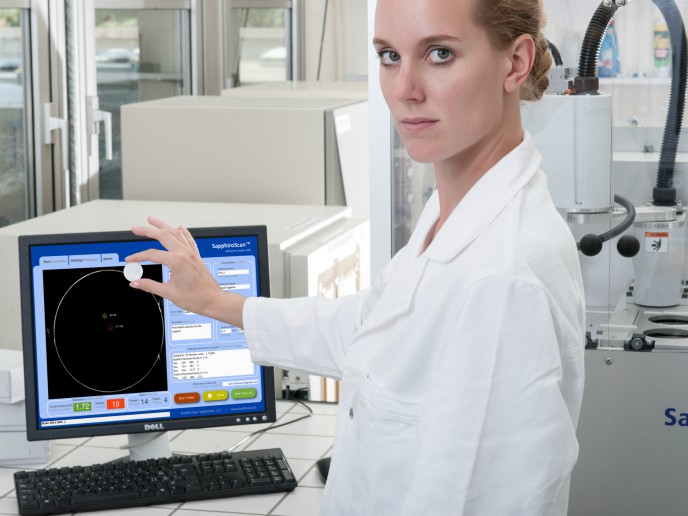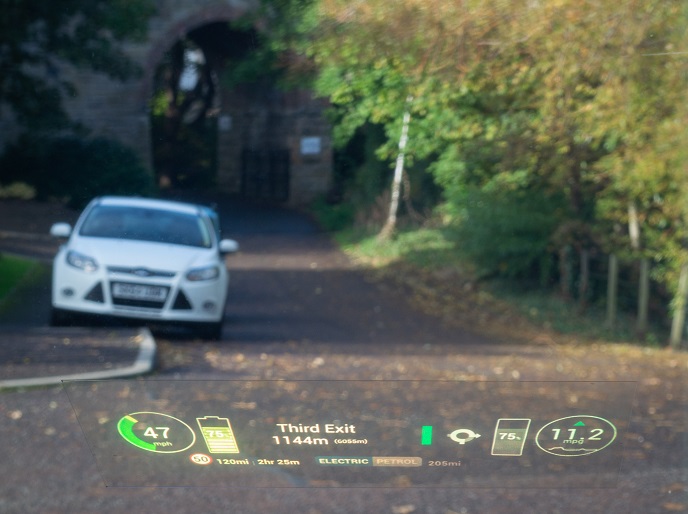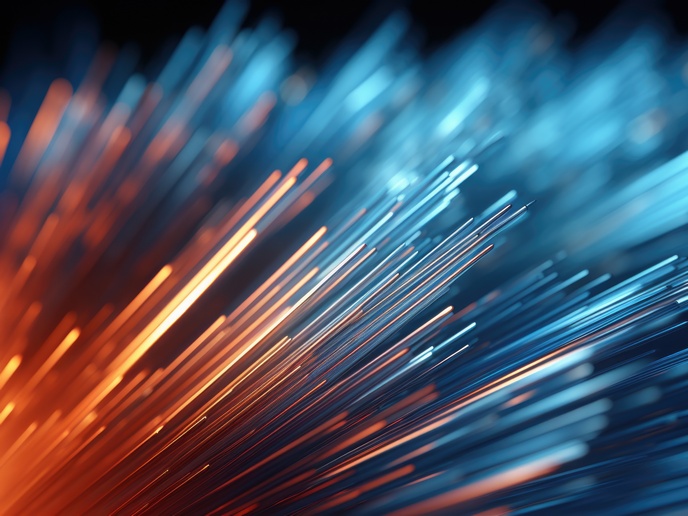Digital quantum simulator developed!
Physical phenomena are often described by equations that are too complicated to solve and physicists use computer model simulations for this purpose. This methodology is not applicable to quantum systems due to the limited processing power of classical computers. The number of parameters and equations that describe a quantum state and its dynamics grow exponentially with the number of particles involved. Scientists working on the 'Universal quantum simulation with trapped ions' (UQSI) project explored an alternative approach for quantum systems. Specifically, they built a highly controllable quantum system that can perform the simulations. This quantum simulator is based on a string of six calcium ions. The mathematical description of the phenomenon to be investigated is programmed using a series of laser pulses to perform the quantum calculations with ions. The highly-cooled and electrically-trapped calcium atoms were used as carriers of quantum bits (qubits). The initial state of the system to be investigated was encoded in these qubits. Its dynamics were approximated with a sequence of 100 quantum gates. The full time evolution of networks of interacting particles, which are models of magnetism and exhibit rich dynamics, was simulated efficiently. An added bonus is the possibility of programming the USQI quantum simulator to simulate any physical system. Researchers at the Austrian Academy of Sciences in Innsbruck are currently implementing the next generation of quantum simulations using up to 50 calcium ions with the USQI simulator. The research work conducted during the USQI project has been published online in the journal Science(opens in new window) and also presented in several international conferences.






